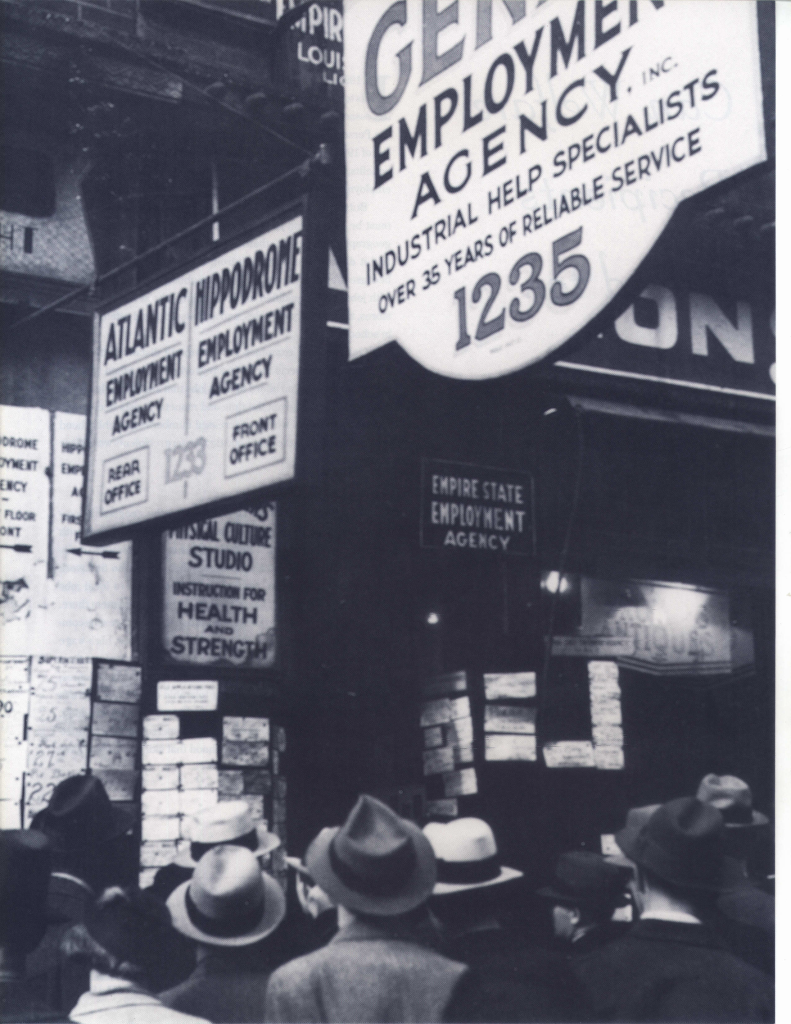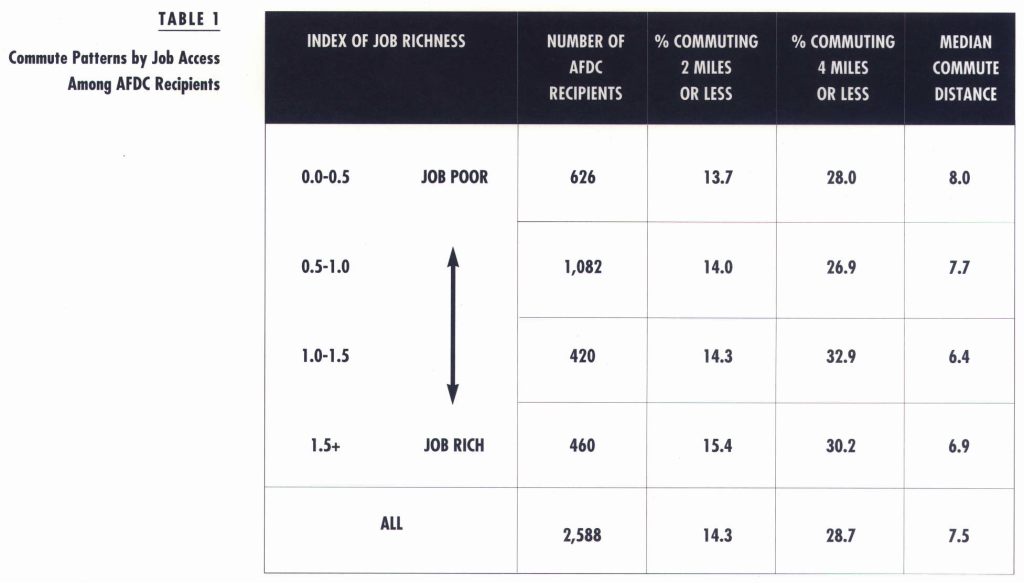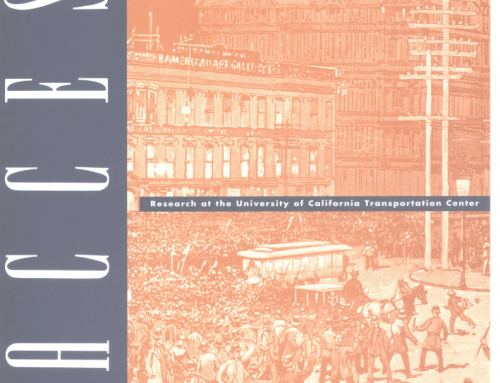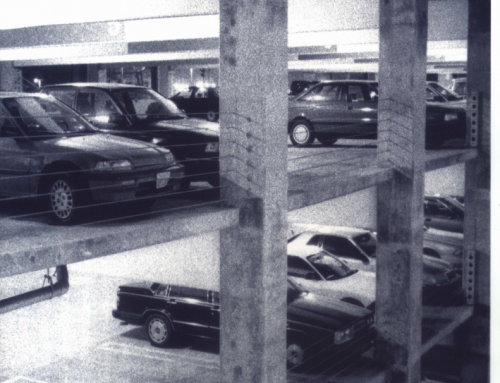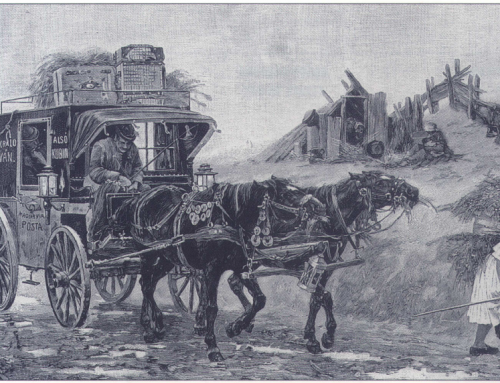In 1995, 13.6 million people nationwide received welfare benefits totaling $22 billion. Critics have considered this sum unnecessary and the welfare program inefficient. With the passage of the Personal Responsibility and Work Opportunity Reconciliation Act of 1996, welfare reformers established time limits for receiving benefits, hoping to speed the transition from public assistance to employment.
But for welfare reform policies to succeed, welfare recipients must be able to find jobs. Given their financial, educational, and geographic limitations, that is often not easy. Many poor people find it difficult simply getting from home to work. In part that’s because they may live in “job-poor” neighborhoods far from places with jobs they’re qualified to fill, including jobs at restaurants and stores, at temporary agencies, and as classroom and cafeteria aides in schools.
Our research examines how commute distance affects the employment prospects for low-wage workers. We asked whether welfare recipients can afford to keep jobs that are relatively distant from their homes, given the time and monetary costs of commuting. Then we asked whether increased numbers of neighborhood jobs would improve the likelihood that welfare recipients work close to home.
Earnings and Commute Distance
By combining data for Los Angeles on the geographic locations of welfare recipients and their places of employment with demographic data from the 1990 U.S. Census, we find welfare recipient with long commutes earning less than those who find work near home. In addition, we find improved access to local jobs increases the likelihood that recipients will find employment there.
Our findings differ greatly from the usual research results comparing earnings and commute distance. In most cases, high-wage workers are more likely than low-wage workers to live far from their work sites. Many high-wage workers prefer suburban homes, where large homes are available at tolerable cost, where there is less crime and better schooling, but where commutes are long.
Also, jobs for skilled workers are few and dispersed around the metropolitan area, increasing the likelihood that skilled workers have long commutes and high incomes.
For high-wage workers, a long commute tends to be an acceptable and manageable burden. Their commutes are alleviated by access to reliable transportation, such as a dependable automobile. Their higher wages compensate them for some of the nonpecuniary costs of long-distance travel.
The net wages of low-wage workers who commute relatively long distances are reduced by both out-of-pocket expenses and opportunity costs. Therefore, long commutes may discourage employment and may result in higher turnover rates and lower net earnings.
What about low-wage workers? People with earnings at or near the minimum wage do not receive similar compensation for long commutes. For them, working far from home can be counterproductive – it may cost more for a welfare recipient to keep a distant job than to quit, retain welfare payments, and continue searching for a job nearer to home.
We examined a random sample of participants who were receiving benefits under the Aid to Families with Dependent Children (AFDC) program, and who worked in 1992. We compared their welfare payments with information on quarterly earnings at Los Angeles firms enrolled in California’s unemployment and disability insurance programs for the same year.
We found that AFDC recipients are not compensated for relatively long commutes. The median earnings for welfare recipients who work within four miles of home is $634/ quarter; the median earnings among welfare recipients who work between four and ten miles from home is $620; and recipients who commute over ten miles earn only $433.
Next, we studied the relationship between commute distance and earnings, holding constant both recipients’ personal characteristics (age, sex, race) and the characteristics of their employment (industrial sector, firm size, firm payroll). Once again, we found that, for welfare recipients, longer commute distances result in lower earnings.
We conclude that net wages of low-wage workers who commute relatively long distances are reduced by both out-of-pocket expenses and opportunity costs associated with commuting, such as travel time. Therefore long commutes may discourage employment and result in higher turnover rates and lower net earnings.
Commuting and Job Access
One policy for helping welfare recipients with long commutes may be to encourage increased numbers of low-wage jobs in neighborhoods lacking such opportunities. Research on “spatial-skills mismatch” shows that as jobs requiring little education are disappearing from inner-city neighborhoods, minorities living in those areas suffer increased economic hardship, especially those without private automobiles. Further, it appears that low-income residents are less likely to rely on welfare if they live in job-rich neighborhoods.
However, only a tenuous correlation can be shown in Los Angeles between geographic access to jobs and improved employment opportunities for the poor. Previous research has not shown whether welfare recipients with numerous neighborhood job opportunities are likely to actually find employment near home.
Thus we have studied the commuting patterns of welfare recipients who live in neighborhoods of varying job richness. The data in Table 1 show that AFDC recipients who reside in job-rich neighborhoods in Los Angeles are somewhat more likely to work within two or four miles of home and to commute short distances than are welfare recipients living in job-poor neighborhoods. Job access (column 1) is an index that reflects the relative number of low-wage jobs available within a three-mile radius of a census tract. The median commute distance for welfare recipients in our sample is 7.5 miles, which is considerably shorter than the average commute distance for all Los Angeles workers – 16 miles. On average, therefore, welfare recipients are confined to labor-market areas that are one-quarter the size of the labor-market areas available to the entire Los Angeles labor force.
We further examined whether commute distance is related to job access regardless of the personal characteristics of recipients (sex, race, age) and the characteristics of their neighborhoods Gob access, population density, employment density). We found that average commute distance does decline with increased job access.
Jobs, Mobility, and the Poor
Better geographic job access has both direct and indirect effects on welfare recipients. Improved geographic access to jobs directly affects recipients by shortening their commutes and thus reducing out-of-pocket expenses and opportunity costs associated with traveling to and from work. Further, since the labor market does not provide compensating wages for the longer commutes made from job-poor neighborhoods, improved access to jobs indirectly affects recipients through increased real earnings.
These findings emphasize the importance of local economic development and of improved access to housing and transportation as a means of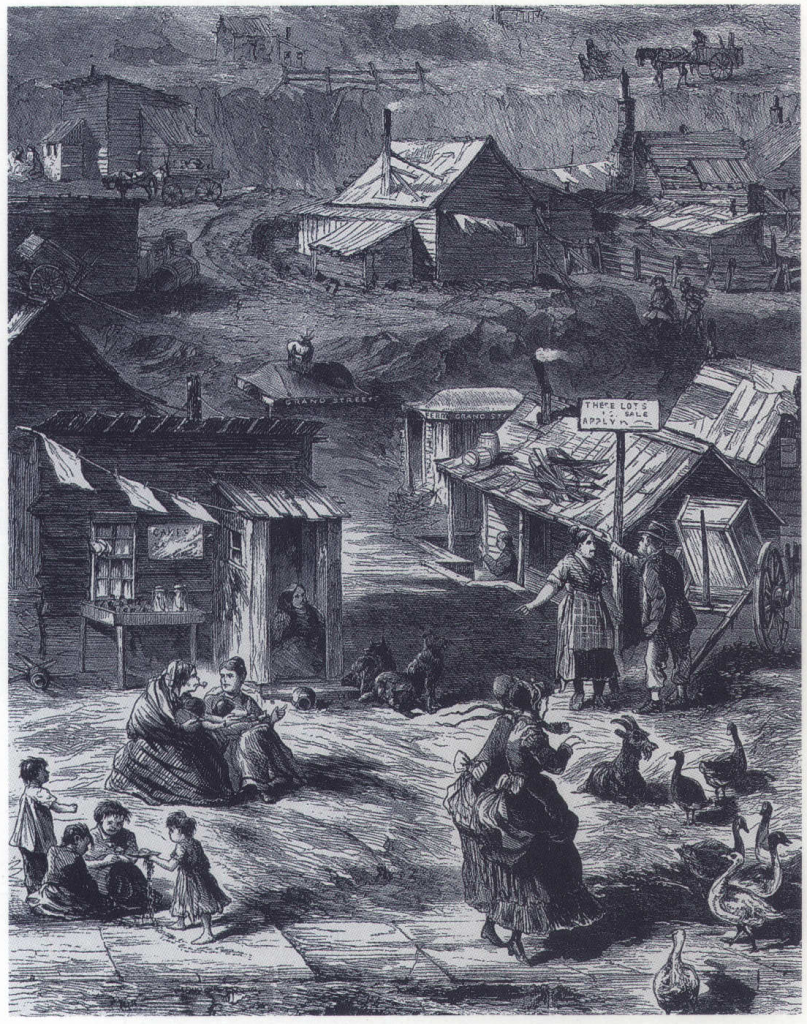 increasing employment opportunities for the poor.
increasing employment opportunities for the poor.
To increase economic opportunities in areas of concentrated poverty, many local governments have instituted policies and programs such as financial incentives, regulatory relief, and social services targeted toward preserving, attracting, and creating jobs in those poor neighborhoods. However, although local economic development programs should strive to increase jobs for as many welfare recipients as possible, an equal distribution of jobs across all urban neighborhoods would be virtually impossible to achieve and economically undesirable. Even in the most job-rich neighborhoods in Los Angeles, a substantial number of AFDC recipients living there work far from home. It is unrealistic to try to generate jobs for all recipients close to home.
Additionally, transportation-related policies have great potential for increasing job access among low-wage workers. Since employers do not compensate welfare recipients for long-distance commutes, special programs to ease their commutes may help them keep jobs far from home. For example, car ownership is a significant factor in helping recipients find employment. Yet federal regulations prohibit individuals from receiving benefits if they own cars valued at over $1,500.
Finally, policies that improve housing mobility can enable the poor to find homes outside low-income, central-city neighborhoods. The most prominent example of this strategy is the Gautreaux Assisted Housing Program in Chicago, in which low-income African-American families receive assistance to move from public, central-city housing to suburban, mostly white neighborhoods.
While none of the three policy areas – local economic development, transportation, and housing – can cure the lack of jobs for low-income workers, each has the potential to increase the employment rate of the poor. Improved geographic job access for those in poverty would lower their reliance on public welfare programs and, ultimately, give them greater opportunity for economic mobility.
Further Readings
Holzer, H.J., “The Spatial Mismatch Hypothesis: What Has the Evidence Shown?” Urban Studies, 28(1), pp. 105-22, 1991.
Hughes, M.A., “A Mobility Strategy for Improving Opportunity,” Housing Policy Debate, Vol. 6, No. 1, pp. 271 -297, 1995.
Ong, P., “Work and Car Ownership Among Welfare Recipients,” Social Work Research,
Vol. 20, No. 4, pp. 255-262, 1996.
Ong, P. and E. Blumenberg, “Job Accessibility and Welfare Usage Rates: Evidence from Los
Angeles,” unpublished manuscript, University of California, Los Angeles, 1997.
Osterman, P., “Welfare Participation In a Full Employment Economy: The Impact of Neighborhood,” Social Problems, Vol. 38, No. 4, pp. 475-491, 1991.
Rosenbaum, J.E. and S.J. Popkin, “Employment and Earnings of Low-Income Blacks Who Move to Middle-Class Suburbs,” In C. Jencks and P.E. Peterson (eds.), The Urban Underclass (Washington, DC: The Brookings Institution, 1991 ) .
Simpson, W., Urban Structure and the Labour Market: Worker Mobility, Commuting, and
Underemployment in Cities (Oxford: Oxford University Press, 1992).

